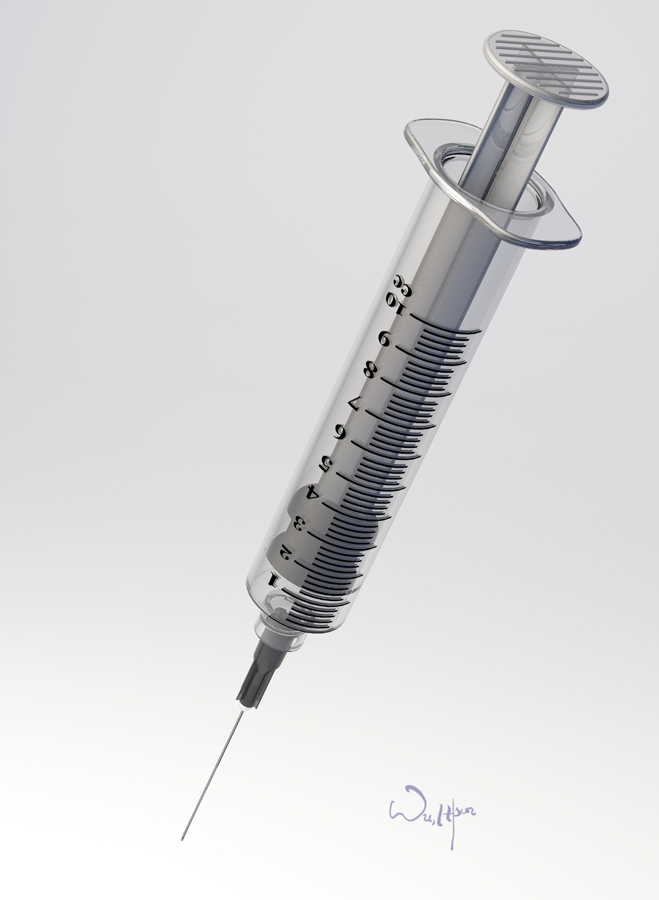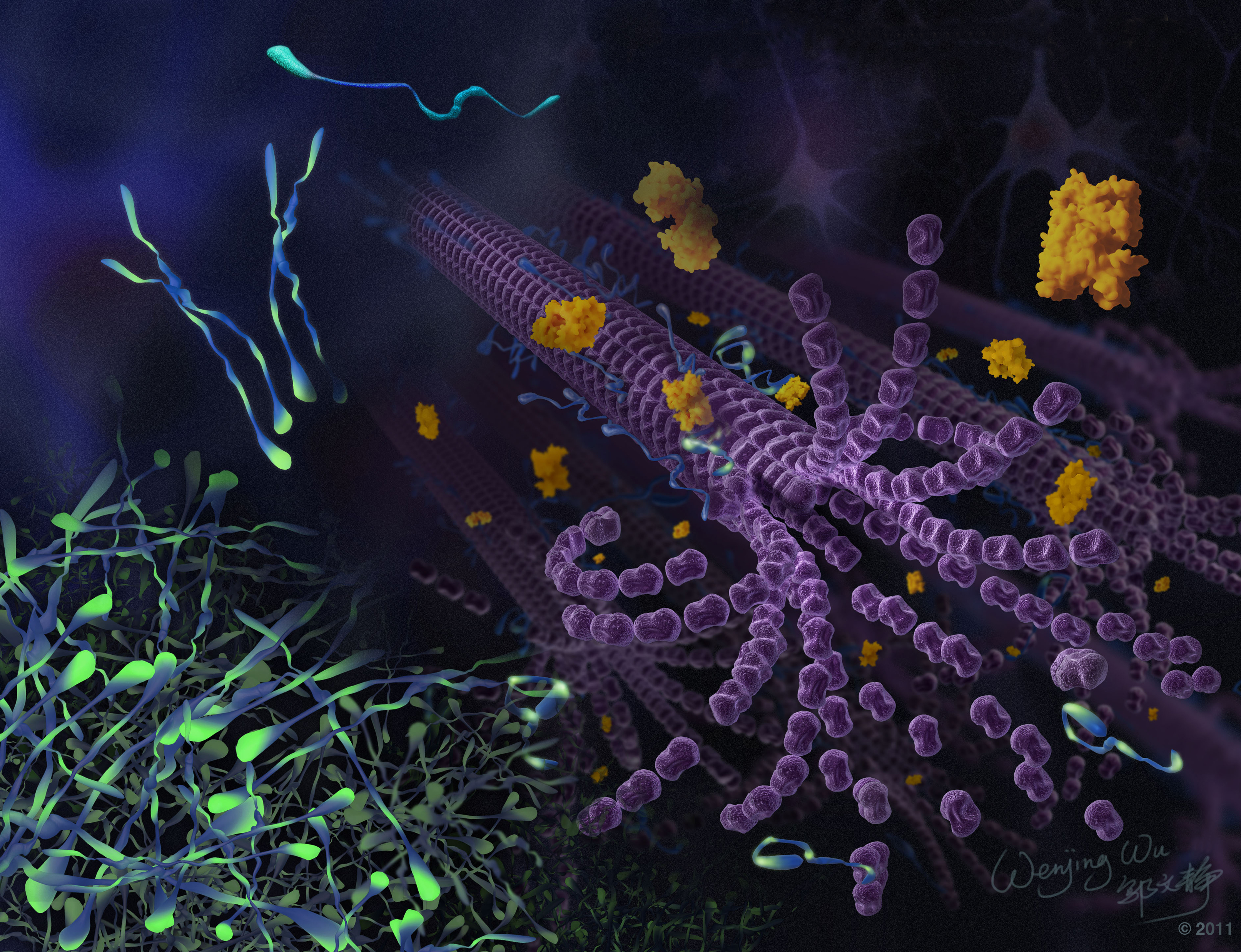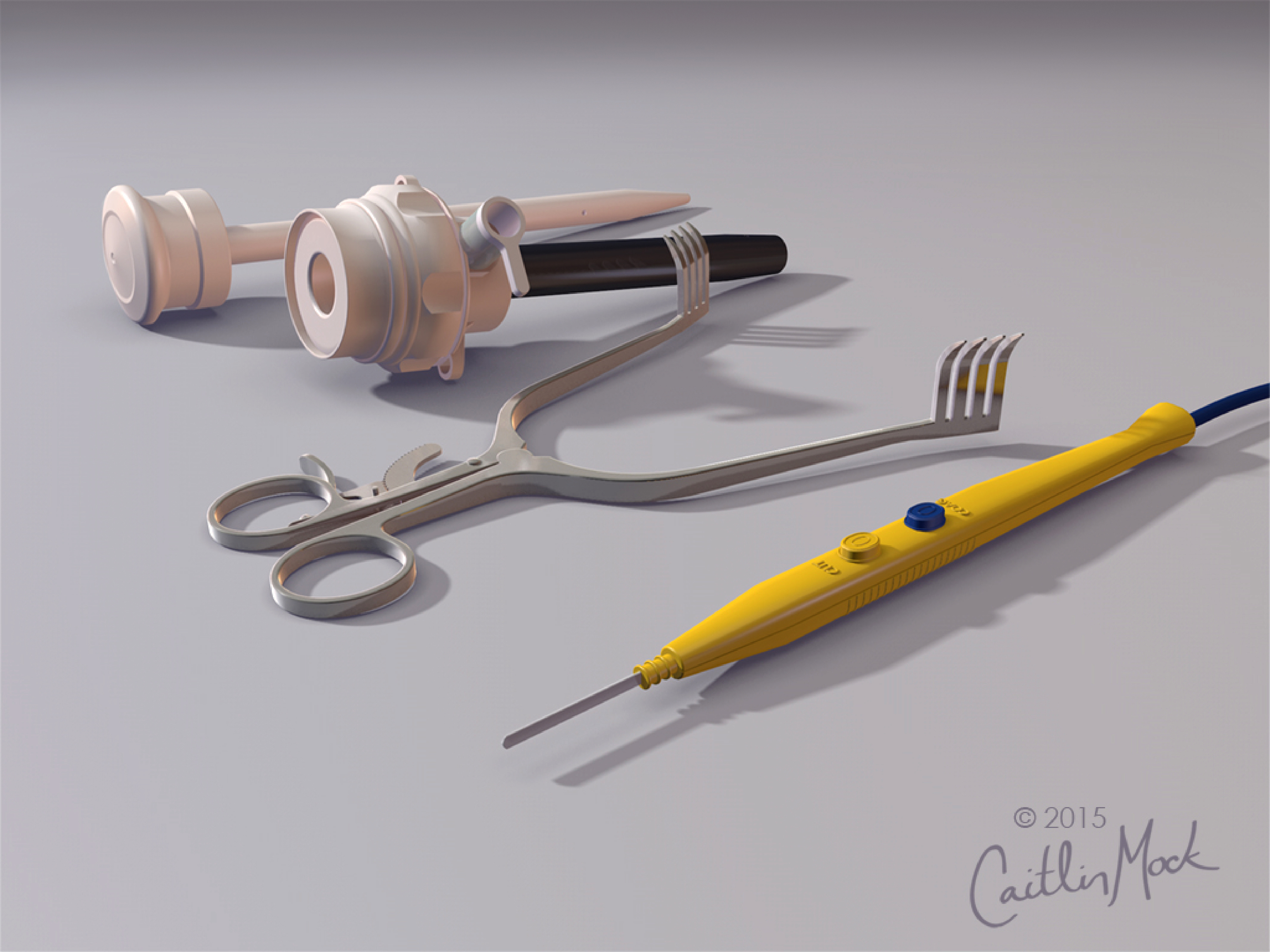MBI Graduate program: ME:120.722
Introduction to 3D Modeling & Animation
Offered: Fall Term, First Year
Instructors: David Rini, Professor, Lead Instructor
Credits: 3 credit hours
summary
This course introduces Cinema 4D as a tool for creating 3D assets for illustration and animation. Essential topics include user interface, setting up reference images, modeling techniques, materials and textures, lighting, rendering, camera placement and movement, dynamic simulations, and animation. Students will develop skills to create and animate 3D models of organic and non-organic structures gaining a solid understanding of the fundamental principles of 3D content creation. Outcomes include a proficiency in C4D and Redshift and the establishment of a 3D asset library for future projects.
Course Description
Objectives
- Import and set up drawings and photos as references for modeling.
- Model a variety of objects, both organic and non-organic, using appropriate techniques such as polygonal, Sub-D, NURBS, and Volume modeling.
- Utilize Deformers and MoGraph Generators, including Cloners and Effectors, to enhance creativity and efficiency.
- Create and assign materials and textures to realistically mimic real-world appearances.
- Design impactful lighting setups to accurately convey form and scale.
- Animate objects with techniques such as Keyframing and Dynamic Simulations.
Resources
- Instructional Materials:
- In-class and pre-recorded video demonstrations.
- Online tutorials via Cineversity (Maxon) and LinkedIn Learning (Johns Hopkins Enterprise account)
- Tools and Software:
- Mac Studio Pro computers with dual monitors, including Apple Cinema Display.
- MaxonOne licenses with Cinema 4D and Redshift render software
- Stylus-based input devices (e.g., Wacom tablets).
Assignments
Modeling, Texturing, Lighting, and Rendering:
-
- Neuro suction tube (class demonstration).
- Surgical retractors.
- Electrocautery/Bovie.
- Bard Parker scalpel handle with #15 blade.
- Red and white blood cells.
- Neurosurgical hemostatic clips (Raney).
- Animated lipid bilayer.
- A cell with pseudopodia or dendrites (keyframed).
- Various cellular processes (e.g., apoptosis, extravasation, phagocytosis).
- Vessel with animated blood flow.
Student Evaluations
Students will be evaluated and graded based on class attendance/participation, effort, and effective problem solving, as well as the successful completion and quality of the assignments. Students are expected to dedicate class time to working in 3D, additional out of class work time will be required for assignments and tutorials.
Schedule
Refer to 1st year calendars and syllabi.
Student Artwork
Gallery of 3D Modeling & Beginning Animation
The health and wellness of students are of utmost importance to us here at Johns Hopkins. If you are struggling with anxiety, stress, depression, or other wellbeing-related concerns, please consider contacting Mental Health Services at 410-955-1892 or one of the other wellness resources within Student Health and Well-Being. If you are concerned about a friend, please encourage that person to seek out support. If you or someone you know needs immediate assistance for a mental health concern, please call the Behavioral Health Crisis Support Team at 410-516-9355.
Students who would like to request disability-based accommodations should contact the Disabilities Service Coordinator, Ellen Kaplan, at [email protected] or complete the online accommodations application. Documentation guidelines are provided on the application.




